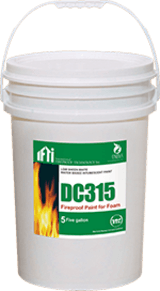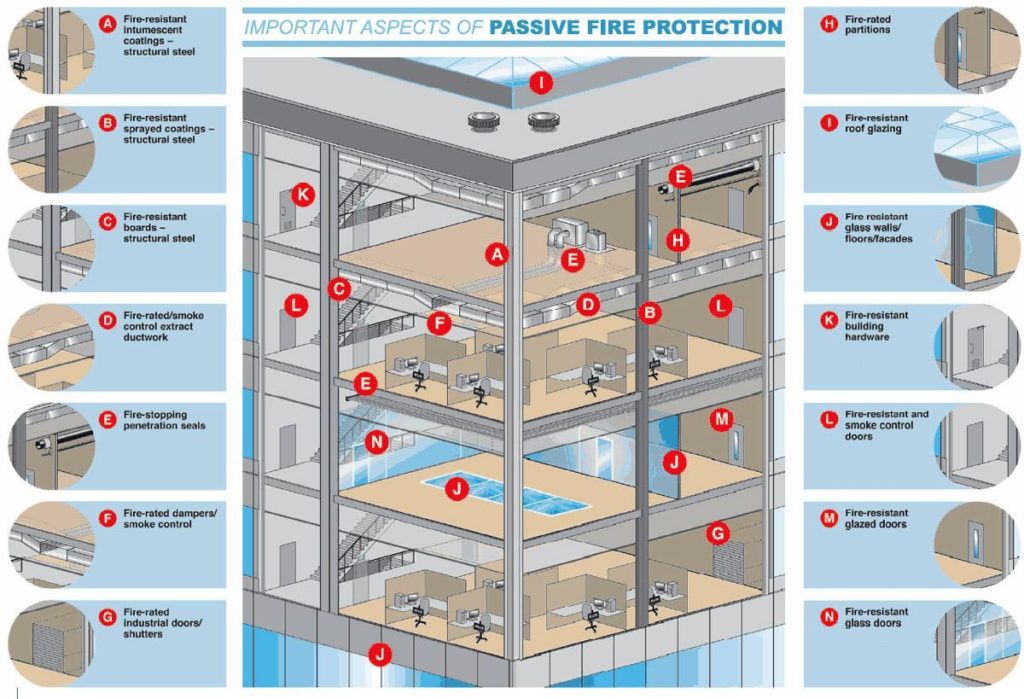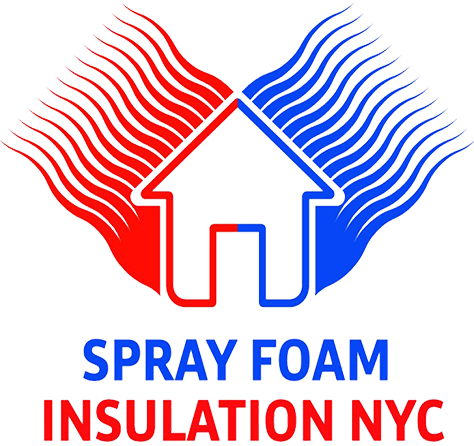Fire Retardant Coatings
DC315: Applied over Spray Polyurethane Foam (SPF), is an Alternative Barrier System in“Section 2603.9 Special Approval” as a thermal barrier.
Click here to learn more!!!

Matrix Download
View all Test Reports and ESR
Application Guide
Ventilation Guide
DC 315 Sell Sheet DC 315 SDS
Safety Data Sheet
DC 333 Fireproof Intumescent Coating
DC 333: For Use on Eave’s, Wood, Gypsum (DryWall), and OSB. Class A, 30 minutes, or One hour.
Click here to learn more!!!
DC 333 SDS
Safety Data Sheet

Application and Reference Guide DC 333
Guide and information you must know before you apply DC 333
Matrix Download
View all Test Reports
DC 333 Warranty
Warranty
Firestoping
What is firestopping?
Firestopping is an integral part of fire protection engineering. Firestop systems protect against the passage of flames, deadly gases and toxic smoke through openings that are created for penetrations, joints and gaps in fire-resistive walls, floors and floor/ceiling assemblies. The integrity of fire-rated assemblies is restored by firestop systems. Building codes require third-party tested systems to be installed whenever fire-rated construction is compromised by such openings.
What is meant by “active” and “passive” fire protection?
Active fire suppression includes mechanical systems such as sprinklers, that are designed to extinguish fires after they have started. Passive fire protection functions to contain fires within the areas in which they start, preventing loss of life by preventing the products of combustion (smoke, hot gasses and flames) from spreading throughout a building.
Why is “passive” fire protection necessary?
Fire is a dangerous enough phenomenon that redundancy in fire protection is necessary. Having passive protection in place helps assure building occupants that there will be time to exit before gasses, fire and smoke spread throughout the building. If active systems fail, as they often do, then there is still a passive system in place for life safety.
Typical Firestop Application

